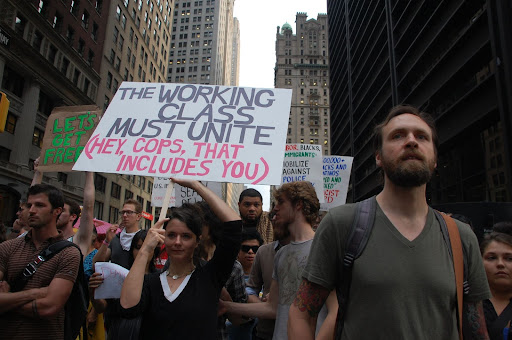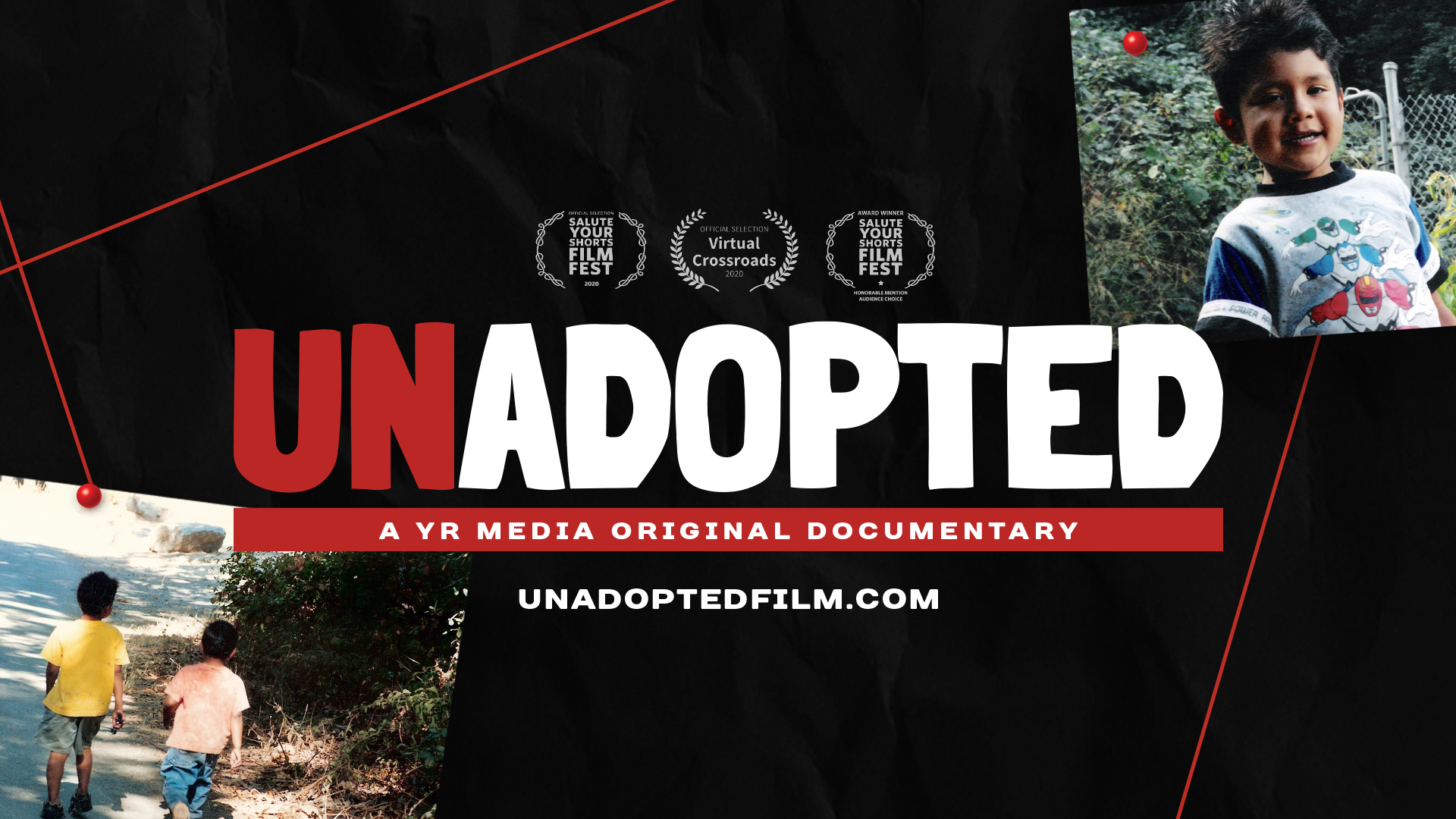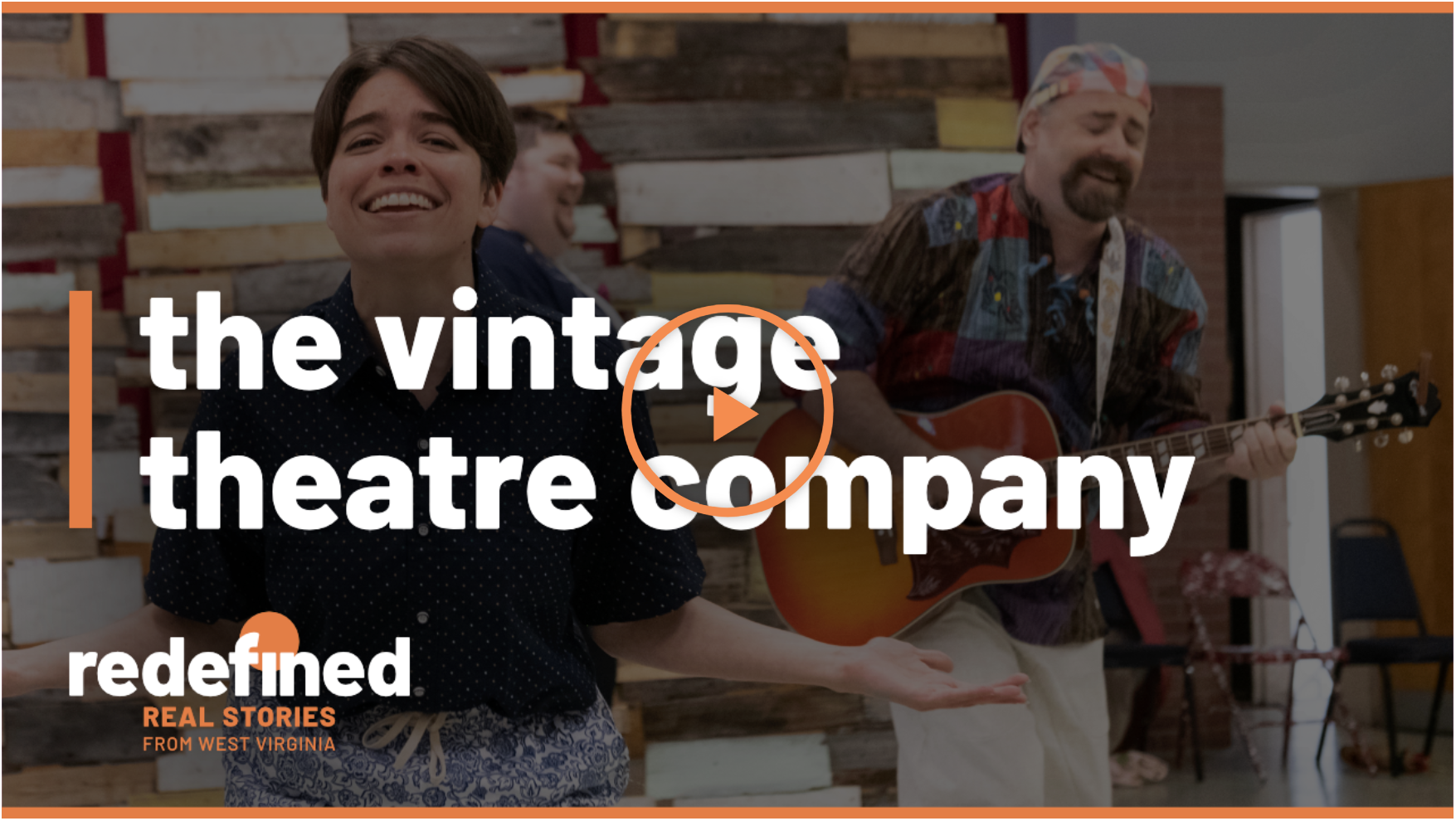Shifting Hearts and Minds on Poverty
septembre 7, 2022
The stories we tell about poverty in the US are often optimistic and heroic: “This young mother pulled herself up by the bootstraps and got a third job to pay her child’s medical bills” or “They immigrated to the States and worked hard to open their own business, and now they’re respected members of their community.” These stories may be inspiring, but they have a few problems. They aren’t representative of everyone’s experience, they rarely come from those living in poverty, and they often obscure the systemic challenges people face to actually achieving economic mobility.
In the Voices for Economic Opportunity Incubator, which ran from 2020 to the end of 2021, Purpose supported 28 organizations to shift these inaccurate narratives about poverty through a variety of storytelling mechanisms. In essence, narrative change is the work of evolving the stories told in and about our culture, so it was important for us to focus on the kinds of stories that would actually shift peoples’ perceptions of poverty. Midway through the program we shared reflections on what was working and what wasn’t based on the participant organizations’ experience doing this type of systems-level narrative change. Now that the Incubator has concluded, we’ve seen what introducing a “Systems Narrative” on poverty really means in practice, the challenges that organizations face in telling compelling systems stories, and potential bright spots as we move forward in this work.
What stories do we tell? And which ones should we tell?
When we talk about economic mobility, we inevitably confront the question of whether poverty is a result of individual choices or systemic flaws. Some of the most deeply rooted narratives in US culture and psyche — the American Dream and the “Bootstraps Narrative” — tell us that anyone can “make it” if they try hard enough. While the American Dream is simply out of reach for many of us, it’s a great story!
In order to change the policies and systems that reinforce these narratives of individual responsibility, we have to shift the hearts and minds of our audiences with an alternative narrative that is just as compelling as the American Dream and can be easily leveraged by creators and storytellers. During the Voices Incubator, we tested the Systems Narrative as one potential counter narrative to the ones we usually hear about poverty.
What is the Systems Narrative?
FrameWorks describes the Systems Narrative as a more comprehensive account of the role of systems in causing and solving poverty:
Poverty is a product of our choices as a society. Through our collective decisions, we have designed an economic system that produces poverty. By changing policies and institutions, we can redesign the system, change the outcomes it produces, and solve poverty.
The Systems Narrative builds upon an existing narrative that the US economic system is unfair and rigged to favor elites. We’ve seen this narrative show up in movements like Occupy Wall Street, which focused on economic injustice, and in pop culture with TV shows like Atlanta, Shameless, and Little Fires Everywhere. The Systems Narrative seeks to paint a clearer picture of the policies and systems that lead to poverty, and how we can fix things.

On paper the System’s Narrative makes sense, but in practice we saw practitioners struggle to implement this narrative in a compelling way.
Challenges implementing the Systems Narrative
In the Incubator we observed three key challenges that emerged when practitioners tried to bring the Systems Narrative to life.
Understanding systems is hard, especially when the villain is difficult to name.
The Incubator hypothesized that we could create a compelling narrative on poverty by explaining how our economic system came to be and the specific human decisions that created it. However, participants struggled to tell stories that highlighted the systems that created poverty and the best way to address it.
Take, for instance, a project that seeks to address the topic of redlining in a two-minute video. The storyteller wants to include a plotline about the history of redlining, a policy that restricts Black home ownership, and thus opportunities to garner wealth. Following a Systems Narrative approach, we might encourage the storyteller to pinpoint the specific stakeholders that shaped institutional redlining and name a villain or hero for the audience. But these additions can be incredibly challenging to incorporate because there is often a web of systems at play, rather than a clear-cut villain, and communicating this can be cumbersome.
It’s important to note that the challenge in telling the systemic story was not for a lack of effort. When participants did try to incorporate a Systems Narrative, they did so with intentionality and rigorous data to substantiate their claims. Yet the final products were often long-form documentaries or podcasts that focused on accurately detailing the policies that got us here rather than describing an easy-to-understand “villain” in a compelling storyline.
We need to focus more on people and solutions.
When crafting stories to shift narratives about poverty, there are three themes we can explore:
- Attitudes towards poverty, and people experiencing poverty
- Reasons poverty exists, and how much blame is on individuals
- Solutions to address poverty, and the belief it can get better
The Incubator’s approach to the Systems Narrative placed a heavy emphasis on the reasons poverty exists, particularly on shifting audiences to understand the structural causes to poverty. But over time, we found that participants favored stories that focused on attitudes towards poverty, by sharing the real lives of those experiencing poverty, and on solutions, by highlighting where we have already seen successes. One can see why these angles might be more compelling than a “Who’s to blame for this situation?” storyline.
This storytelling preference is complemented by research from Jennifer Green and Milan de Vries which found that audiences’ perceptions of the causes of poverty are particularly hard to shift when compared to attitudes on poverty and agency to change the outcomes, which are easier to move and perhaps more relevant to our end goals.
While audiences need to understand where we’ve been to move forward, fixation on the root causes of poverty may actually be doing a disservice to shifting dominant narratives. Even if creators can clearly trace and convey the systemic causes of poverty, we might miss the bigger picture if we don’t prioritize shifting the attitudes and perceptions people have about those affected by poverty, cultivating empathy for them, and articulating actionable steps and solutions.
The Systems Narrative is not an inspiring story…yet.
Broadly speaking, the stories that most inspire and resonate with us tend to center on individual choice and leave us with a happy ending. The Bootstraps Narrative, for example, is a hopeful story where, against all odds, our hero prevails! Why wouldn’t we want to believe the story of a world where we are in charge of our own destiny, where working hard and playing by the rules ensures that we achieve our dreams?
In comparison, the Systems Narrative, which most often focuses on how the system has failed us, can be a hard sell. When participants did try to tell a systems story, some received feedback from their target audiences that their content wasn’t inspiring or usable. Who wants to tell young students or vulnerable communities that the system is rigged? That no matter how hard they work individually, it might not amount to anything?
To combat this, participants attempted to weave together individual stories and a sense of agency while unveiling the systemic barriers people in poverty are up against. In the same way good historical fiction can make context a main character (a war or economic crash), participants tried to show how individuals navigated circumstances beyond their control. However, this balance was hard to execute and resulted in either a deep yet unengaging exploration of systemic causes, or a sole focus on individual agency, which further reinforced the Bootstraps Narrative.
In the spirit of keeping our movements and our stories solutions-focused, we’d like to offer some thoughts on ways we can move forward and tell better stories with these learnings in mind.
Pathways forward
Changing the narrative around poverty is a monumental, long-term task. To forge a way forward, we’re going to need to confront these challenges head on with the strategic selection of narrative entry points, increased experimentation with group storytelling, and a constant attention to craft.
Strategically select your entry point.
There is power in considering the most welcoming entry points to engaging people about poverty. During the Incubator we found evidence that participants were able to make measurable progress against poverty metrics without referring to poverty explicitly in their stories. We are living in a highly politicized narrative landscape, but there are still issue areas and policies that audiences largely agree on, like foster care or the Child Tax Credit.

One Incubator participant, YR Media, produced a beautiful feature-length documentary, Unadopted, that followed the life of a single character in the foster care system. Without directly focusing on poverty, the film – which was made in collaboration with the young man, Noel Anaya, who lived this experience – managed to illustrate a systemic cause of poverty for an entire youth population through the compelling story of a leading protagonist. When shown to a focus group of the documentary’s target audience, the film proved effective in engaging them while also moving the viewers to agree on the need for urgent government action.
Engage in and measure the impacts of group storytelling.
We also see promise in using group storytelling to show how collective resistance and action can change systems. These stories can deepen understanding of the many ways current narratives about poverty harm everyone and also inspire communities to build coalitions across difference. One great example of this style of storytelling is the Redefined project produced by West Virginia Community Development Hub during the Incubator.

The team created short documentaries highlighting community development projects throughout West Virginia, with the goal of shifting audiences to recognize their own leadership potential and the potential for community action in West Virginia. Their video The Vintage Theater Company depicts a group that brings communities together through theater and improv, and it was proven in Incubator testing to shift audiences, especially more conservative and individualistic viewers, to believe that circumstances are a bigger cause of poverty than individual choices.
Don’t forget craft.
Finally, we must always remember to focus on the power of a good story. It may seem simple, but one of the core learnings from the Incubator is that this movement requires strong storytellers who seek to entertain first and persuade second. We need to consider and implement storytelling best practices: an engaging plot, empathetic characters, twists and turns, and a rich narrative universe. Then that content needs to be packaged in a format that our target audiences regularly consume (e.g. TikTok videos or vlogs on YouTube). Ultimately, understanding the core narrative on poverty is less important than tracing the Systems Narrative, telling it in a compelling way, and ensuring it reaches our target audience.
The long game of narrative change ultimately requires us to use all of the strategies and skills at our disposal to move audiences through the stories that engage and inspire them. We are encouraged by the progress we’ve seen and lessons learned from the Voices Incubator. There is a strong movement of storytellers and organizations committed to this work, and they have taught us all by boldly testing new tactics and learning from movements that have done this work successfully. We are all figuring out what changing narratives about poverty means in practice, and we hope some of the challenges and learnings we’ve shared can bolster our shared movement toward equality and opportunity.
For other lessons from the Voices Incubator, helpful case studies, and free narrative change tools, visit narrativechanging.com.
for Equity & Evidence